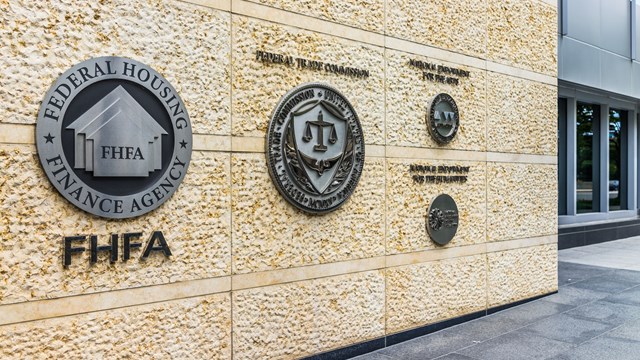With winter rapidly approaching and the memories of last winter’s onslaught of snowstorms still in mind, this is a good time to begin thinking about an association’s duties and obligations to maintain the common areas throughout these coming months. A very common worry often expressed by boards and property managers concerns what steps should be taken to avoid weather-related accidents on the property in order to avoid being sued for an injuries caused by a fall on snow and ice. In order to answer this question, we need to examine the recent change in the law and an association’s duty to maintain the common areas.
Until 2010, the long-standing law in Massachusetts was that property owners were not responsible for injuries or damage caused by a natural accumulation of snow and ice. Naturally accumulated snow and ice is formed solely by nature — freshly-fallen snow, for instance. Thus, the association was not liable for injuries sustained by a resident or visitor who fell on freshly-fallen snow or ice that had not been plowed or treated. The ‘natural accumulation’ rule or defense was an exception to the general legal principle that landowners have a duty to use reasonable care to maintain their premises. It was also an exception to the law in the other New England states which do not recognize the natural accumulation exception.
The Massachusetts Supreme Judicial Court, in its decision in the case of Papadopoulos v. Target Corporation shifted the responsibility to remove natural accumulations of snow and ice to property owners. The Court determined that naturally accumulated snow and ice was no different than any other potential hazard or defect which may arise on the premises and therefore creating a different standard of care for naturally accumulated snow and ice caused confusion and conflict in the law. Under current Massachusetts law as set forth in Papadopoulos, an association may be held liable if it fails to use reasonable care in removing both natural and unnatural accumulations of snow and ice and keeping the premises in a safe condition. The determining factor as to liability is whether the association knew or should have known of an alleged hazardous condition caused or created by the snow and ice accumulation and whether they used reasonable care to keep the premises reasonably safe.
The concern for associations becomes what is meant by the term “reasonable care”? The courts have determined that reasonable care is not perfection. The procedures, policies and actions taken in response to accumulations of snow and ice on the common areas do not need to be perfect, only reasonable. Unfortunately, beyond that general statement of law there is no single bright-line answer to the question of what is reasonable care. Reasonable care is examined on a case-by-case basis and is dependent upon the facts and circumstances surrounding each incident or claim. As the Court wrote in the Papadopoulos decision, “[t]he snow removal expected of a property owner will depend upon the amount of foot traffic to be anticipated on the property, the magnitude of the risk reasonably feared, and the burden and expense of snow and ice removal.” The duty of reasonable care will vary depending upon the size and activity at a particular complex.
The best way for an association to protect itself as well as its residents, owners and visitors is to examine its existing snow removal policies and procedures before winter arrives and make changes as needed. Hiring reliable and insured snow removal contractors, particularly those with experience with snow removal at condominium complexes, is imperative. Relying upon volunteer unit residents or friends with plows is risky and may not be considered reasonable under the circumstances. It is also important to speak with the contractor about schedules for snow removal and the importance of promptly responding to requests for snow removal. Require your contractor to keep logs of the dates and times when the snow removal activity occurs in order to establish the reasonableness of the efforts. Inspections of the walkways and parking lots should occur on a daily basis during the winter months to combat accumulations of ice and packed snow on the grounds. Discuss with your contractor whether they use sand, salt or ice melt and choose the appropriate product for your property. Additionally, discuss with your contractor whether they will automatically treat the premises to prevent ice accumulation when the temperature drops below freezing. Finally, if your association provides barrels or buckets of sand, salt or ice melt either to unit owners or placed at various locations around the premises, it is important to make certain that these buckets remain filled at all times.
Condominium associations have always been required to use reasonable care to maintain the premises and keep it free from known defects or hazards. The new obligation to keep the walkways, sidewalks and parking lots free from natural accumulations of snow and ice which may create a hazard to residents and visitors should not be viewed any differently from the general obligation to maintain the property. Condominium associations must take the time now, before winter begins, to review their snow and ice removal policies and procedures and make changes where necessary in an effort to help reduce the risk of injury and the potential for litigation.
Andrew S. Brooslin, Esq. is an associate at the law firm of Marcus, Errico, Emmer & Brooks, P.C. in Braintree, Massachusetts.







Leave a Comment